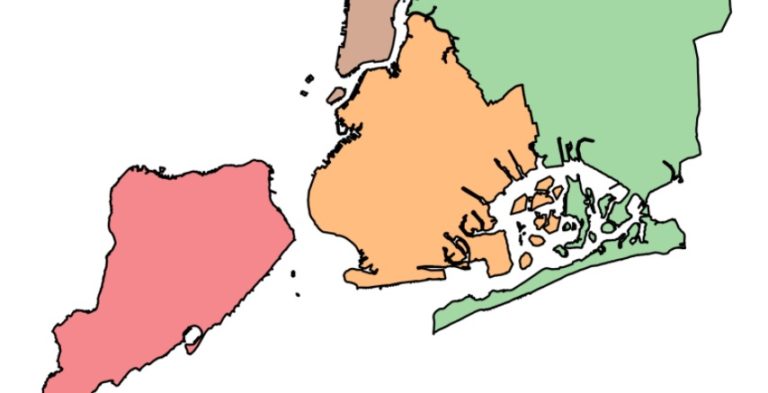http://composingprograms.com/pages/11-getting-started.html
From HN https://news.ycombinator.com/item?id=11465234:
This is the textbook used for the introductory CS course (CS61A) at Berkeley. The course material is available at http://cs61a.org (The course uses Python 3, Scheme, and SQL). There are some neat projects (students are working on building a Scheme interpreter now)
Previous Hacker News Discussions:
Overall, SICP in Python 3 is first rate. I highly recommend it to anyone wanted to improve their sophistication with Python and programming in general.
The exercises and demonstrations in each section quickly build from an elementary introduction up to powerful examples accompanied by clear explanations. I especially like the explanatory diagrams.
Thank you to the authors for your craftsmanship and for making it available on-line.
